Brown-lipped Snail
- April 1, 2024
- 0 comment
The brown-lipped snail, scientifically known as Cepaea nemoralis, is a small but fascinating gastropod mollusk native to various regions across Europe and parts of Asia. Renowned for its intricate shell patterns and diverse colorations, this species inhabits a wide range of habitats, including woodlands, grasslands, gardens, and agricultural areas. With a shell diameter typically ranging from 15 to 25 millimeters, the brown-lipped snail displays a conical shape adorned with distinct ribbing and variations in color, often featuring bands of yellow, white, or reddish-brown hues.
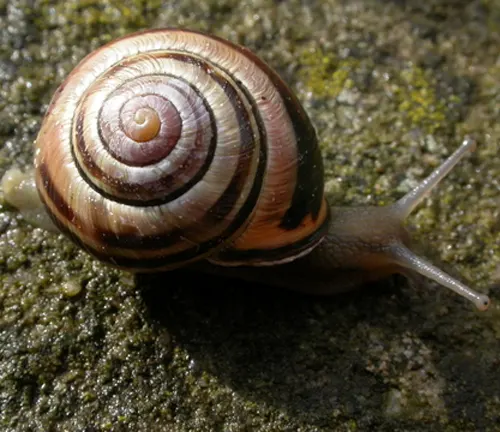
As herbivores, these snails primarily feed on vegetation, utilizing their specialized feeding organ, the radula, to rasp and consume plant material. Reproduction occurs during the warmer months, with courtship rituals preceding mating and the deposition of eggs in damp soil or leaf litter. While they face predation from various animals, brown-lipped snails play crucial ecological roles, contributing to nutrient cycling, seed dispersal, and soil aeration. Despite their cultural significance and ecological importance, localized populations may encounter threats from habitat loss, pollution, and predation pressure, necessitating conservation efforts to safeguard their survival and maintain ecosystem balance.
| Characteristic | Description |
|---|---|
| Scientific Name | Cepaea nemoralis |
| Common Name | Brown-lipped snail |
| Family | Helicidae |
| Habitat | Woodlands, grasslands, gardens, agricultural areas |
| Distribution | Europe, parts of Asia |
| Shell Diameter | 15 to 25 millimeters |
| Shell Shape | Conical |
| Shell Coloration | Varies from light brown to dark brown |
| Lip markings often include bands of yellow, white, or reddish-brown hues | |
| Diet | Herbivorous |
| Feeding Organ | Radula |
| Reproduction | Hermaphroditic |
| Reproductive Season | Warmer months (spring and summer) |
| Courtship Behavior | Precedes mating |
| Egg Deposition | Damp soil, leaf litter |
| Predators | Birds, rodents, predatory insects |
| Defensive Mechanisms | Shell retraction, mucus secretion, cryptic behavior |
| Ecological Role | Nutrient cycling, seed dispersal, soil aeration |
| Threats | Habitat loss, pollution, predation pressure |
| Conservation Status | Not currently threatened or endangered; localized populations may face challenges |
| Cultural Significance | Depicted in artwork, symbolism, folklore |
| Research Interest | Biology, ecology, evolutionary relationships |
| Conservation Efforts | Habitat preservation, invasive species management, public education initiatives |
| Importance | Biodiversity conservation, ecosystem functioning |
Brown-lipped Snail
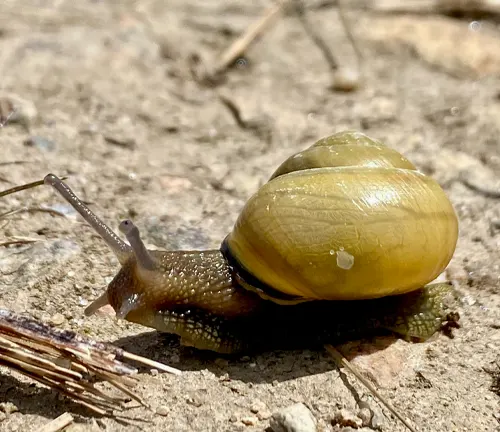
The brown-lipped snail, scientifically known as Cepaea nemoralis, is a fascinating gastropod mollusk that inhabits various regions across Europe and parts of Asia. Belonging to the family Helicidae, this species is widely recognized for its intricate shell patterns and diverse colorations. Despite its small size, the brown-lipped snail plays a significant role in its ecosystem and has garnered attention from researchers and enthusiasts alike.
Physical Characteristics
Appearance
The brown-lipped snail typically displays a conical shell with distinct ribbing and color variations. Its shell can range from light brown to dark brown, often adorned with characteristic lip markings that give the species its name. These markings vary in intensity and can include bands of yellow, white, or reddish-brown hues. The snail’s soft body is usually a pale cream or beige color, with sensory tentacles protruding from its head. Its muscular foot allows for slow but steady movement across surfaces, aided by the secretion of mucus.
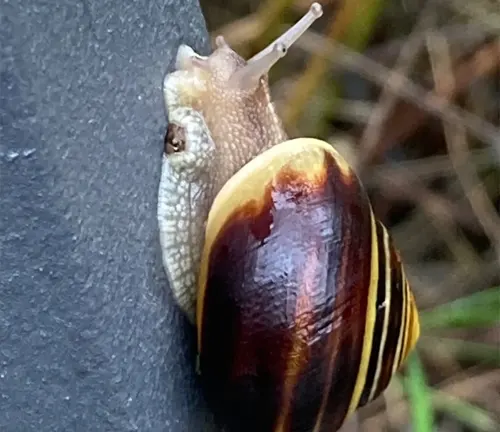
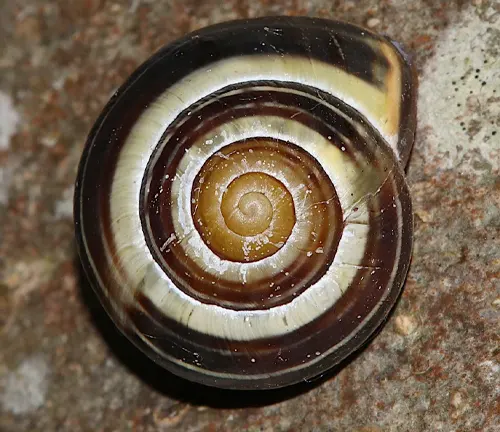
Shell Structure
The shell of the brown-lipped snail serves as both protection and camouflage. It is composed primarily of calcium carbonate deposited in layers over time. The spiral structure provides structural support and houses the snail’s soft body, including its digestive, reproductive, and respiratory organs. The shell’s ribbing strengthens its overall integrity, while the intricate patterns aid in thermoregulation and defense against predators. As the snail grows, it continually adds new layers to its shell, resulting in incremental increases in size and thickness.
Habitat and Distribution
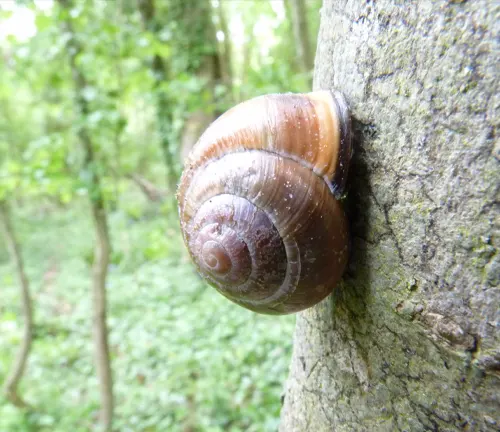

Brown-lipped snails are versatile in their habitat preferences, thriving in environments ranging from woodlands and grasslands to gardens and agricultural areas. Their distribution spans across Europe, encompassing regions from the Mediterranean to northern countries like Sweden and Finland. Additionally, populations of brown-lipped snails can be found in parts of Asia, including China and Japan.
Diet and Feeding Habits
As herbivores, brown-lipped snails primarily feed on vegetation such as leaves, flowers, and fungi. They use their specialized feeding organ, the radula, to rasp and consume plant material. Their feeding habits contribute to nutrient cycling within ecosystems, influencing vegetation dynamics and soil health.

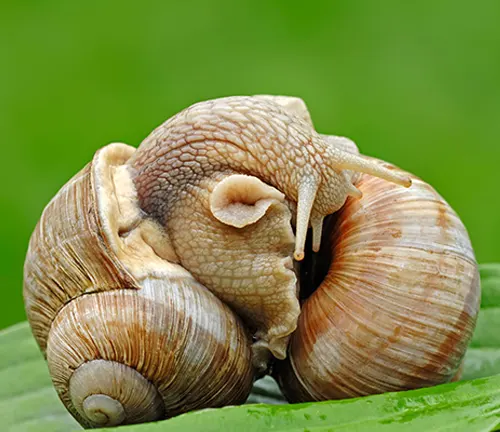
Reproduction
Reproduction in brown-lipped snails typically occurs during the warmer months, with peak activity observed in spring and summer. These hermaphroditic organisms engage in courtship rituals involving tactile and chemical cues before mating. After mating, each snail may lay multiple batches of eggs, usually deposited in damp soil or leaf litter.
Predators and Defense Mechanisms
Despite their protective shells, brown-lipped snails face predation from various animals, including birds, rodents, and predatory insects. To deter predators, these snails utilize defensive mechanisms such as retracting into their shells, secreting mucus, and adopting cryptic behaviors to blend into their surroundings.
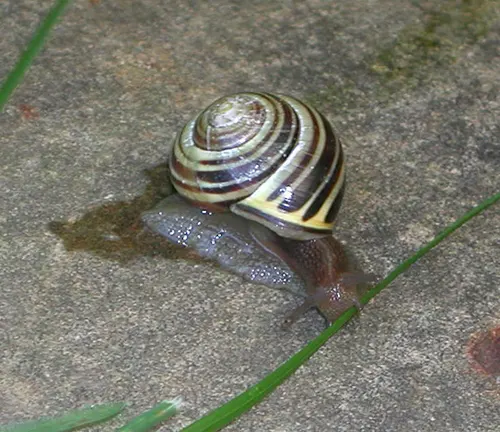
Ecological Importance
Brown-lipped snails play a vital role in ecosystem functioning, contributing to nutrient cycling, seed dispersal, and soil aeration. As decomposers, they assist in breaking down organic matter, thereby enriching soil quality and facilitating plant growth. Additionally, their presence influences the abundance and distribution of other organisms within their habitats.
Conservation Status
While brown-lipped snails are not currently considered threatened or endangered on a global scale, localized populations may face challenges due to habitat loss, pollution, and predation pressure. Conservation efforts aimed at preserving biodiversity and safeguarding natural habitats indirectly benefit this species and its associated ecosystems.
Interactions with Humans
Brown-lipped snails have long intrigued humans and have been subjects of scientific study, art, and literature. In some regions, they are considered agricultural pests due to their herbivorous feeding habits, prompting control measures in gardens and farms. However, they also serve as model organisms in ecological research and are valued for their aesthetic appeal in nature appreciation activities.
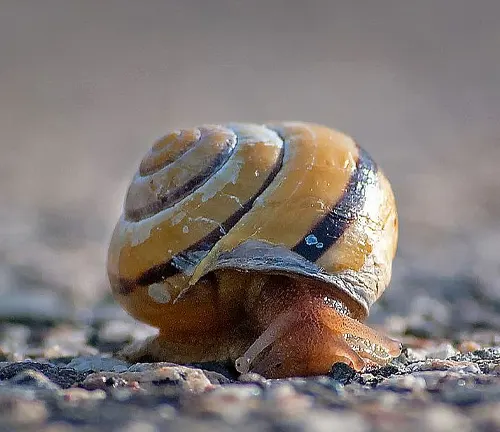
Cultural Significance
Throughout history, snails, including the brown-lipped species, have held cultural significance in various societies. They have been depicted in ancient artwork, symbolism, and folklore, symbolizing themes of resilience, transformation, and the cyclical nature of life. In some cultures, snails are associated with fertility, healing, and spiritual renewal.
Research and Studies
Scientists continue to explore the biology, ecology, and evolutionary relationships of brown-lipped snails through field studies, laboratory experiments, and genetic analyses. Research efforts focus on understanding their population dynamics, responses to environmental change, and interactions with other organisms. Findings contribute to broader insights into biodiversity conservation and ecosystem management.
Threats and Challenges
While brown-lipped snails exhibit resilience to certain environmental pressures, they face ongoing threats from habitat destruction, climate change, and anthropogenic activities. Urbanization, agricultural intensification, and pollution pose significant challenges to their survival, emphasizing the need for proactive conservation measures and habitat restoration initiatives.
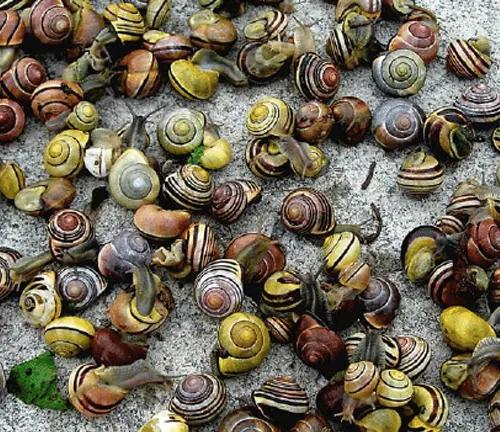
Management and Conservation Efforts
To mitigate threats to brown-lipped snails and their habitats, conservation strategies often involve habitat preservation, invasive species management, and public education initiatives. Collaboration between scientists, policymakers, and local communities is essential for implementing effective conservation measures and promoting coexistence between humans and wildlife.
Different Species
Cepaea hortensis
(White-lipped snail)
Similar in appearance to Cepaea nemoralis, Cepaea hortensis is distinguished by its white lip, contrasting with the shell’s darker coloration. It inhabits various habitats across Europe and is often found alongside its brown-lipped counterpart.
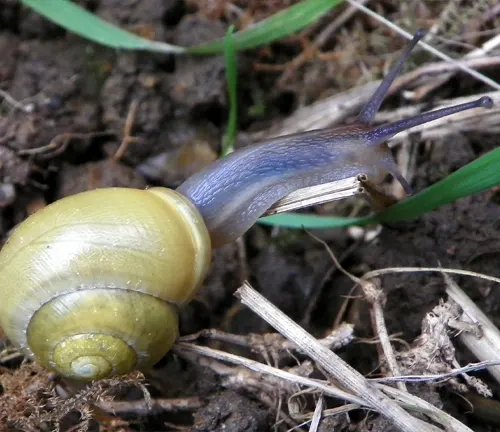

Cepaea vindobonensis
(Vienna woods snail)
This species is native to Central Europe and is characterized by its smaller size and narrower shell compared to Cepaea nemoralis. It typically resides in wooded areas and grasslands.
Cepaea sylvatica
(Woodland snail)
As its name suggests, Cepaea sylvatica is commonly found in woodland habitats across Europe. It exhibits shell coloration and patterns similar to Cepaea nemoralis but may display variations in size and shell morphology.
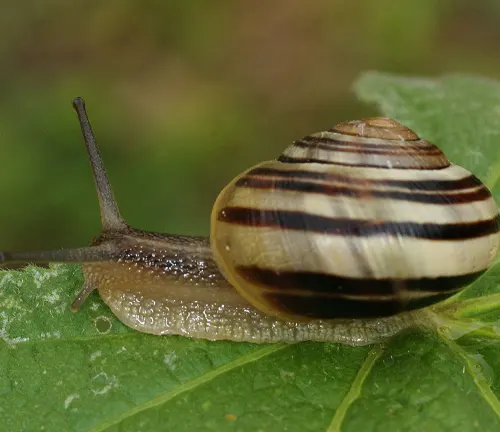
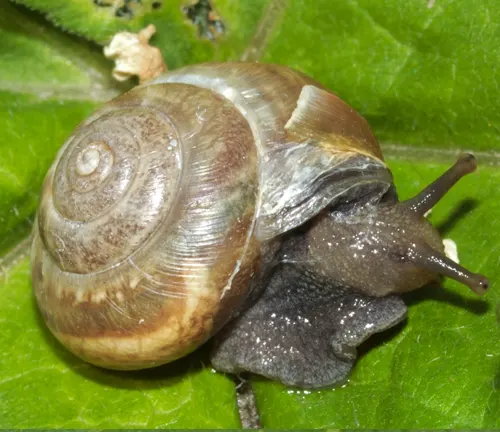
Cepaea cantiana
(Kentish snail)
Endemic to the southeastern region of England, Cepaea cantiana is distinguished by its pale shell with thin, brown bands. It prefers chalky soils and is often associated with grassy habitats.
Frequently Asked Questions (FAQs)
- Are brown-lipped snails nocturnal or diurnal? Brown-lipped snails are primarily nocturnal, meaning they are most active during the night and tend to seek shelter during the day to avoid desiccation and predation.
- How do brown-lipped snails reproduce?
Brown-lipped snails are hermaphroditic, meaning they possess both male and female reproductive organs. Reproduction involves mating between two individuals, followed by the deposition of eggs in suitable habitats. - What is the role of mucus in brown-lipped snails?
Mucus secretion serves various purposes for brown-lipped snails, including locomotion, moisture retention, and defense against predators. It helps them navigate across surfaces and creates a protective barrier against dehydration. - Do brown-lipped snails have any natural predators?
Yes, brown-lipped snails face predation from a variety of organisms, including birds, rodents, predatory insects, amphibians, and certain mammals. Predators play a crucial role in regulating snail populations within ecosystems. - How do brown-lipped snails contribute to ecosystem health?
Brown-lipped snails play important roles in nutrient cycling, seed dispersal, and soil aeration within their habitats. Their feeding activities and interactions with other organisms contribute to the overall functioning of ecosystems. - Are brown-lipped snails sensitive to environmental changes?
Yes, brown-lipped snails can be sensitive to fluctuations in environmental factors such as temperature, humidity, and habitat quality. Changes in these conditions may influence their behavior, reproduction, and survival. - What is the lifespan of a brown-lipped snail?
The lifespan of brown-lipped snails varies depending on factors such as habitat conditions, predation pressure, and individual health. On average, they may live for one to three years in the wild. - Can brown-lipped snails transmit diseases to humans or other animals?
Brown-lipped snails are not known to transmit diseases to humans or other animals. However, they may serve as intermediate hosts for certain parasites that affect wildlife and domestic animals. - Do brown-lipped snails exhibit any social behaviors?
While brown-lipped snails are primarily solitary creatures, they may exhibit social behaviors during mating and aggregation events. Courtship rituals involve tactile and chemical cues exchanged between individuals. - How do brown-lipped snails adapt to urban environments?
Brown-lipped snails demonstrate some adaptability to urban environments, utilizing green spaces, gardens, and parks for foraging and shelter. However, they may face challenges such as habitat fragmentation and pollution. - What are the differences between brown-lipped snails and other snail species?
Brown-lipped snails exhibit unique shell patterns and colorations, as well as specific ecological preferences and behaviors that distinguish them from other snail species. Understanding these differences helps in species identification and ecological studies.



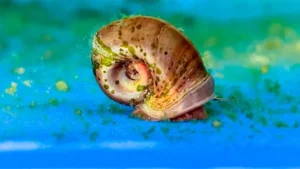
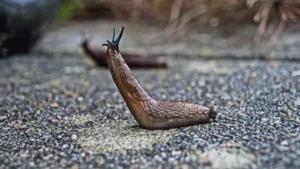
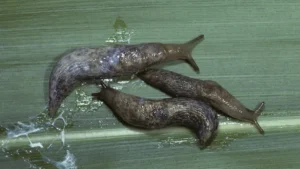
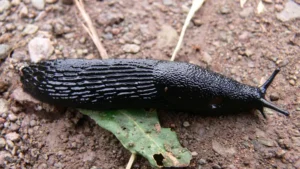

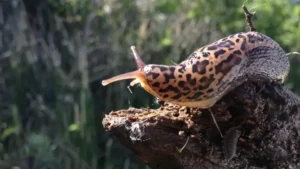
Leave your comment